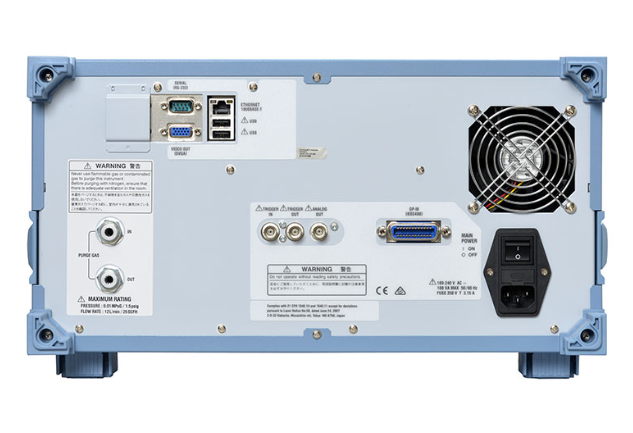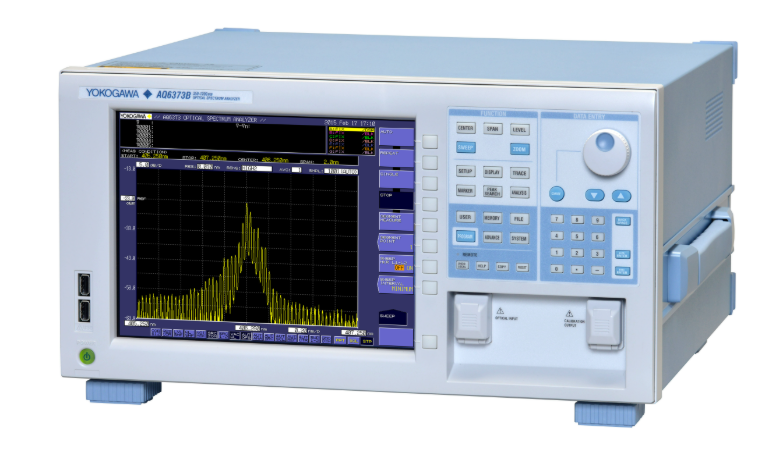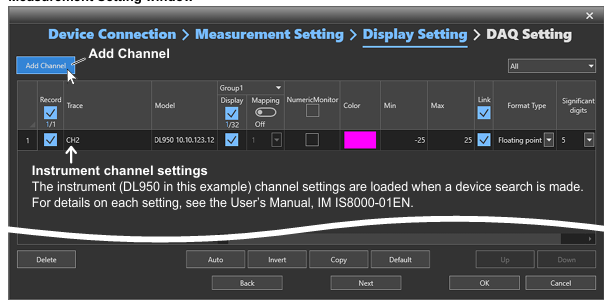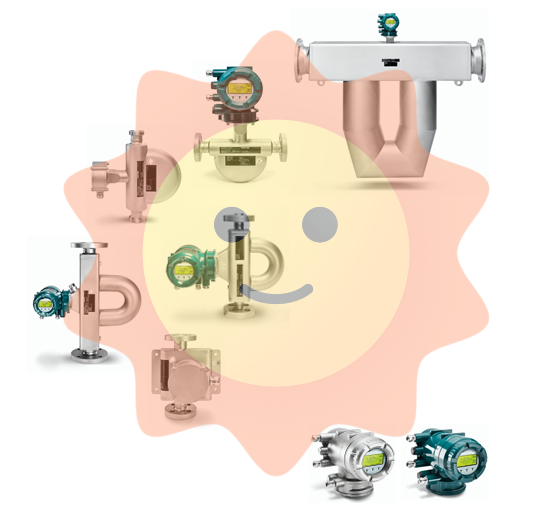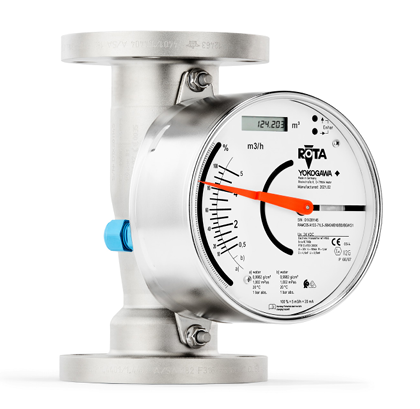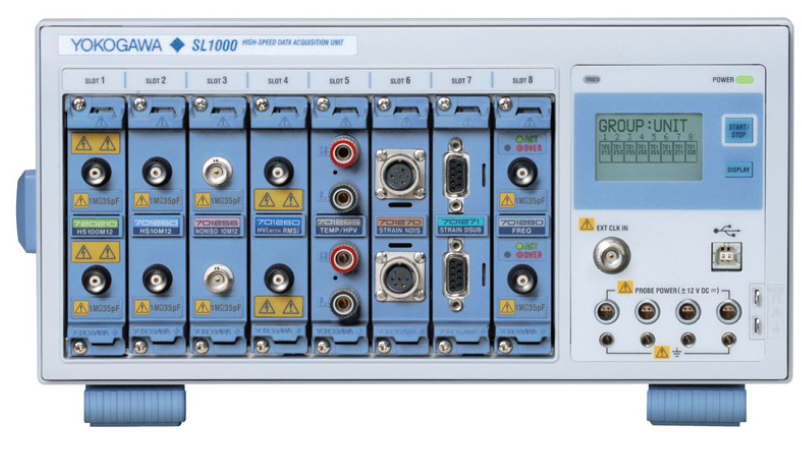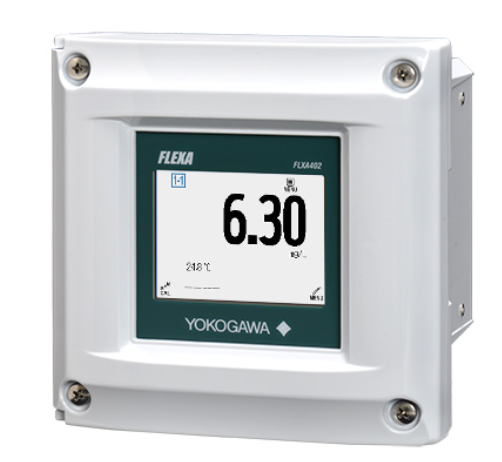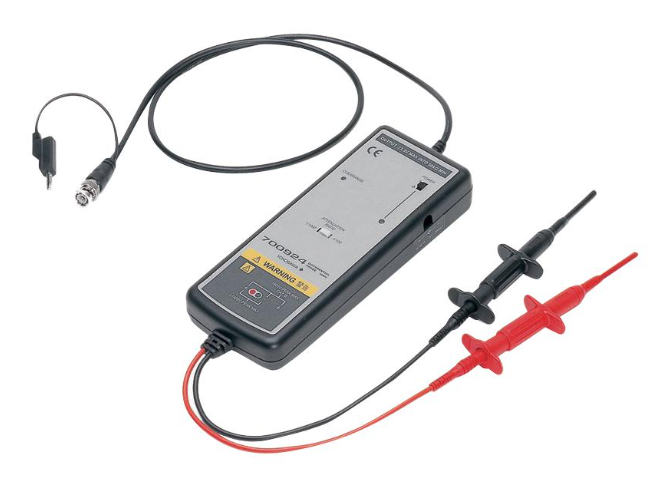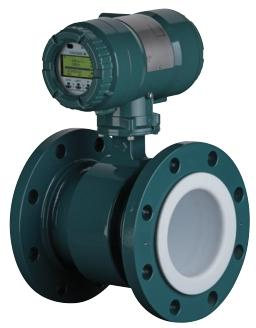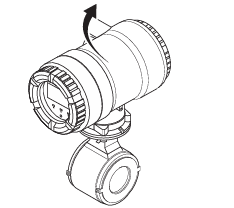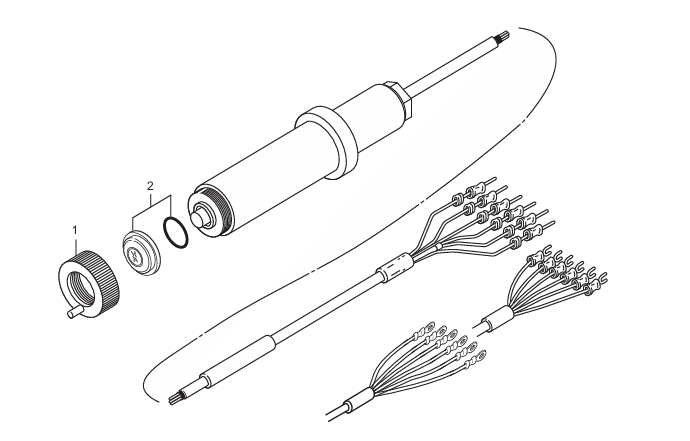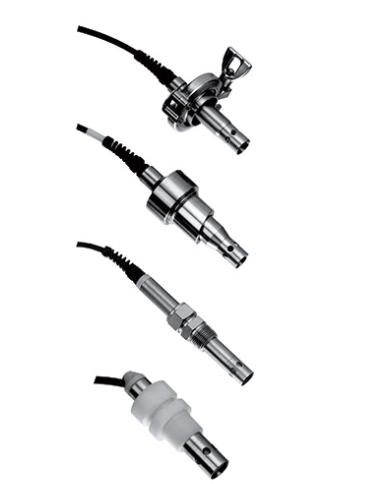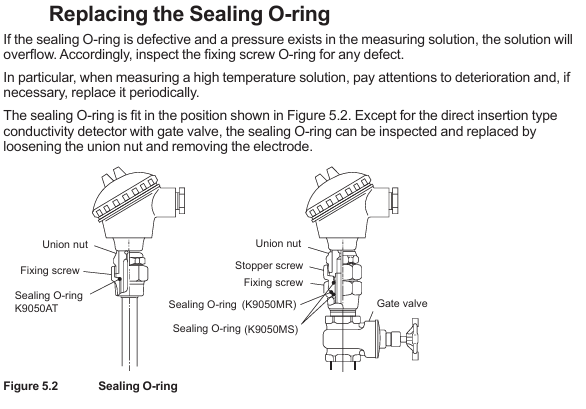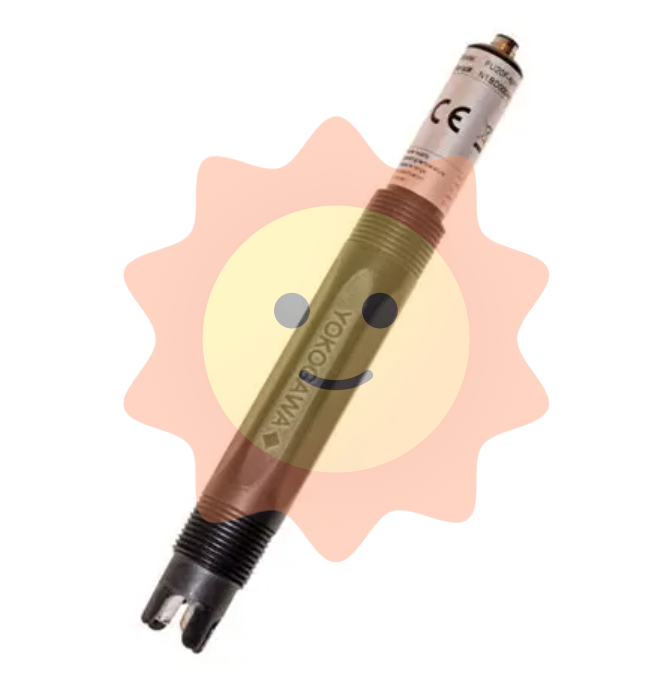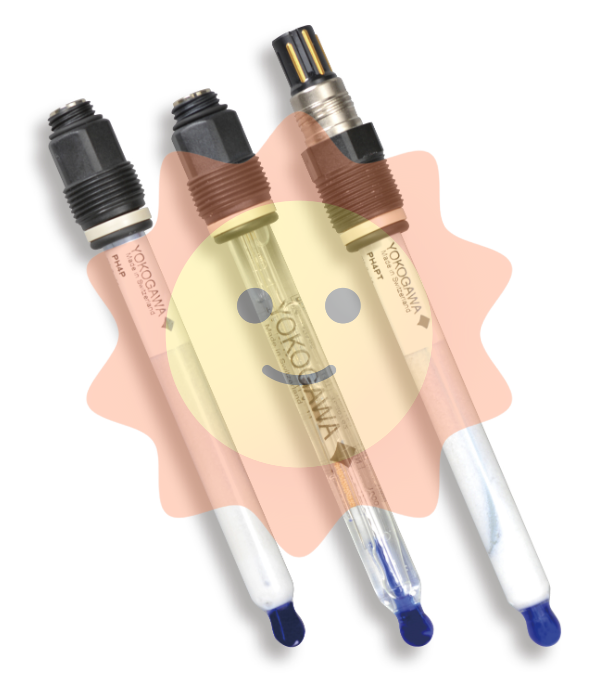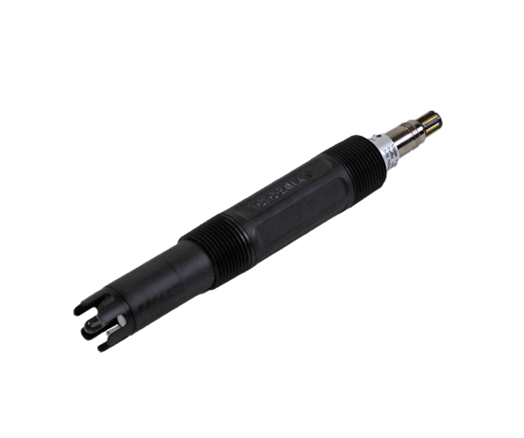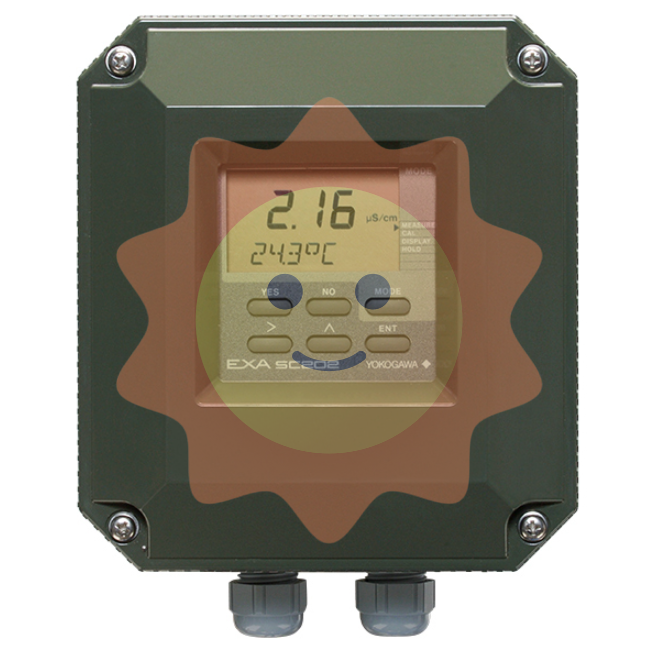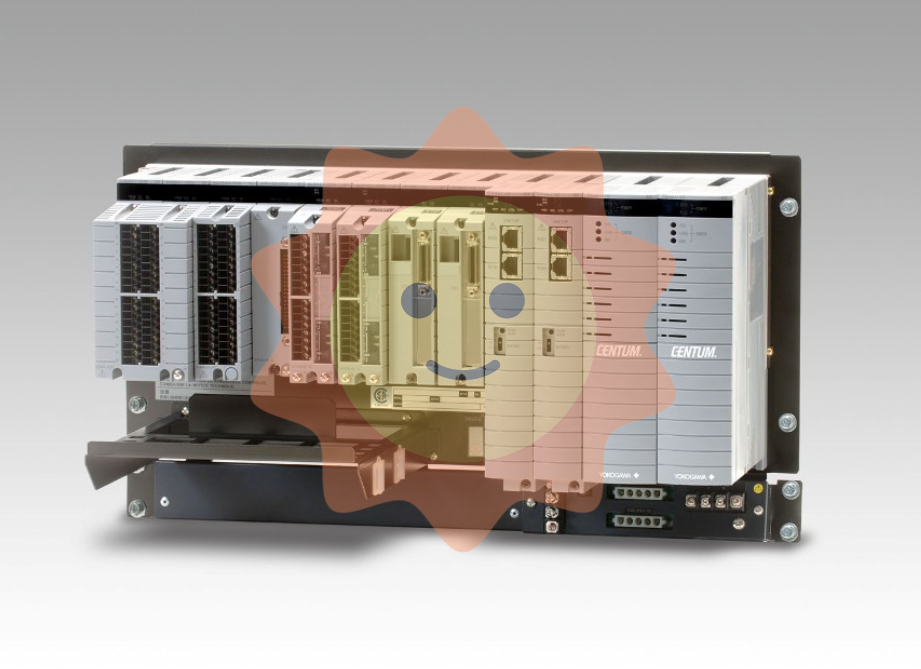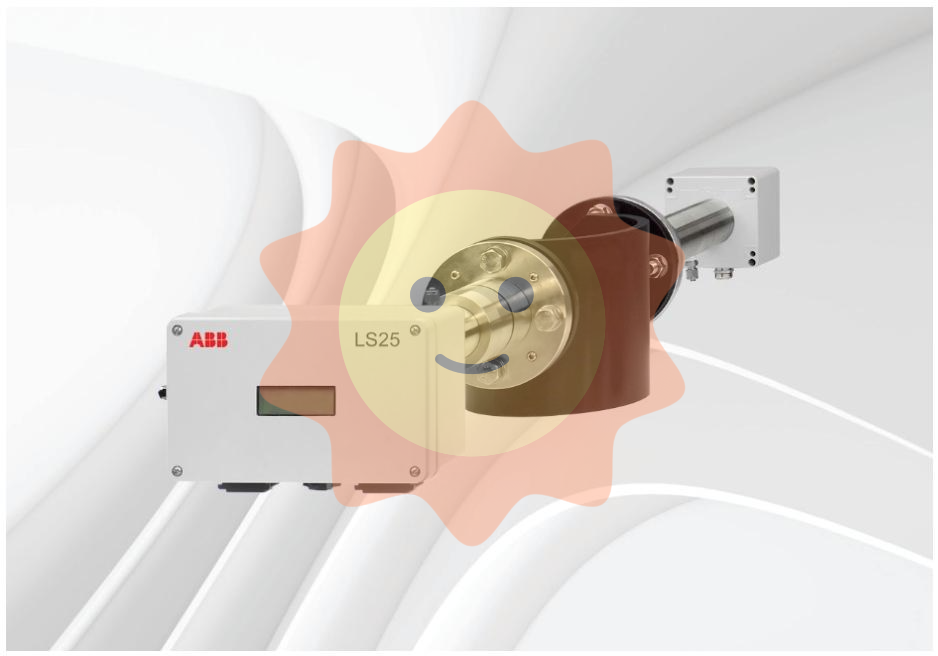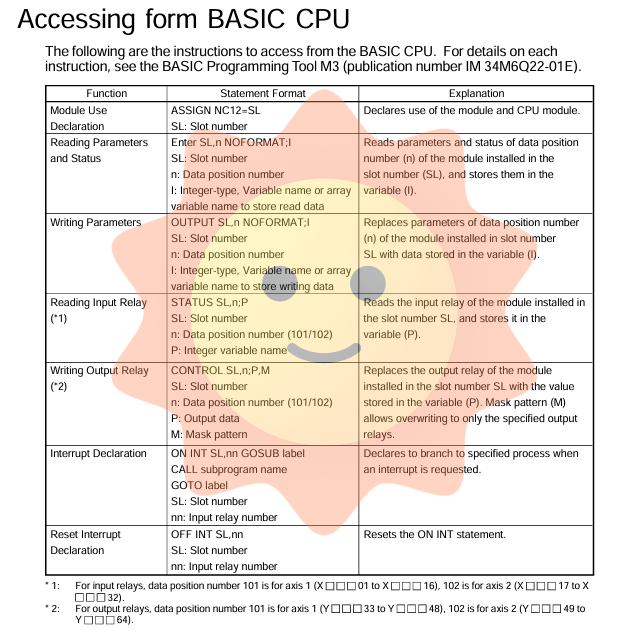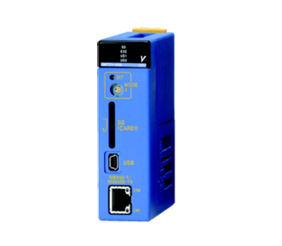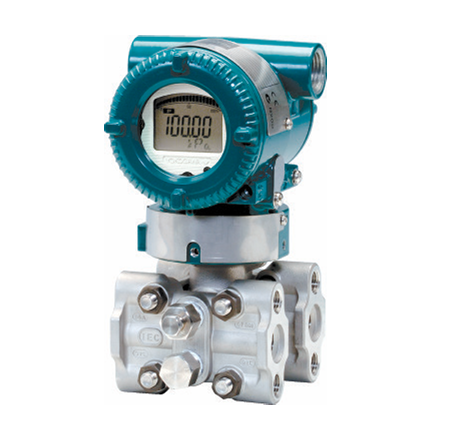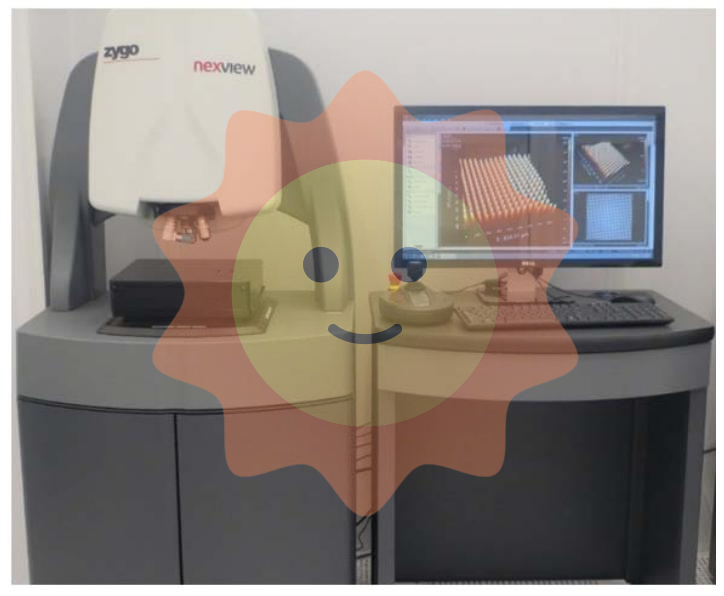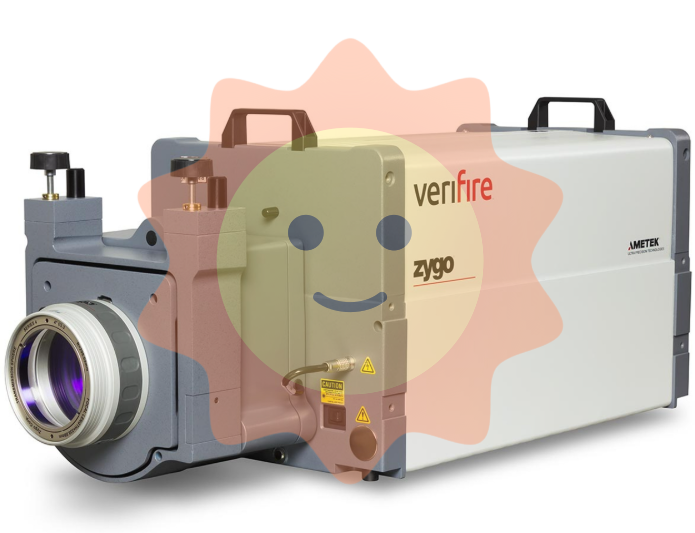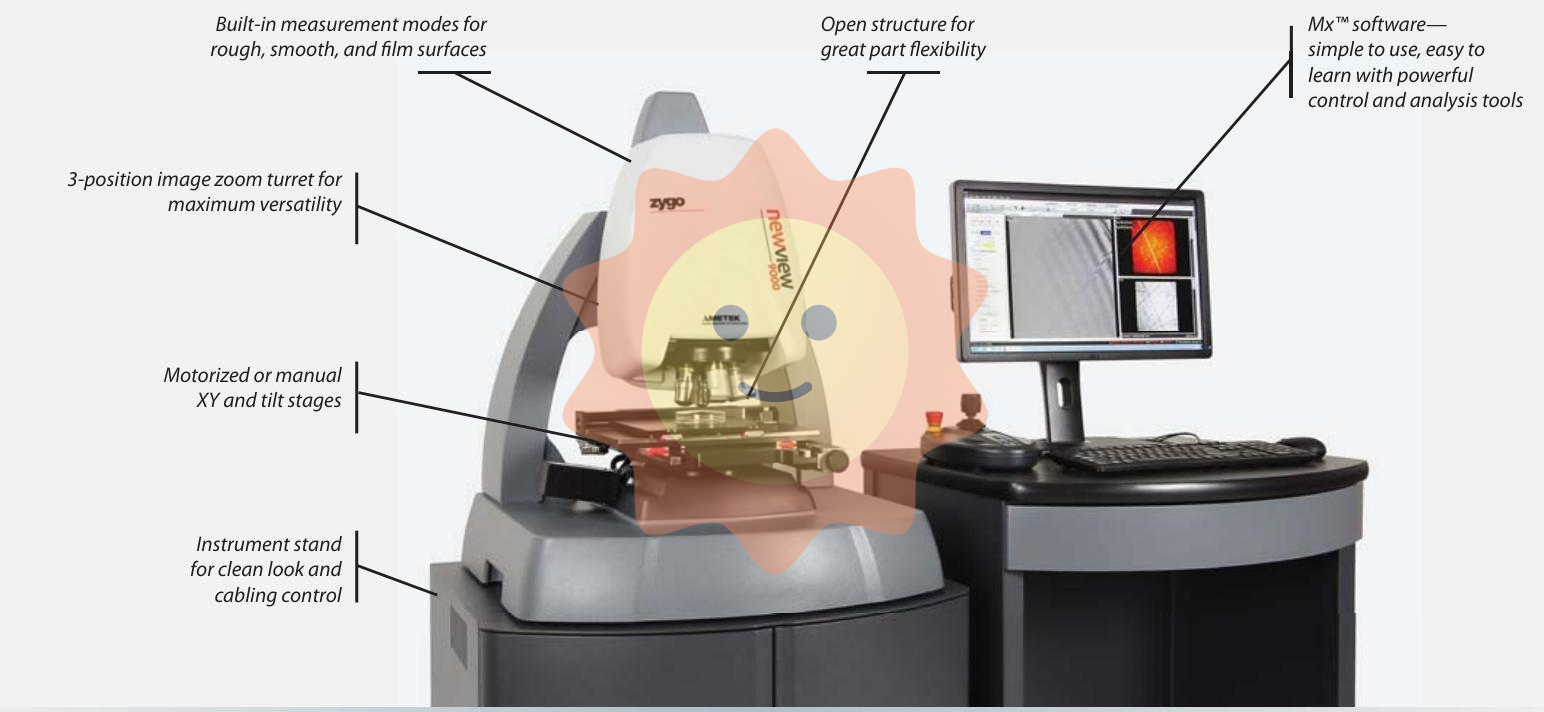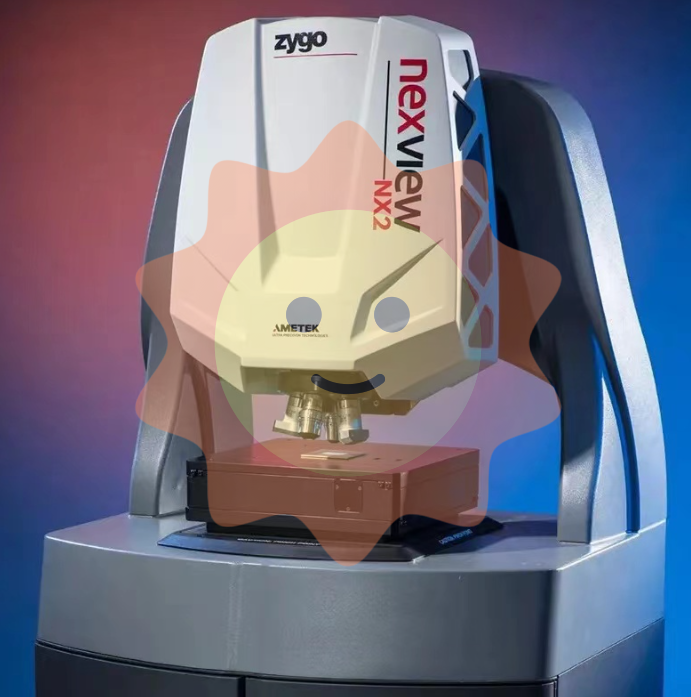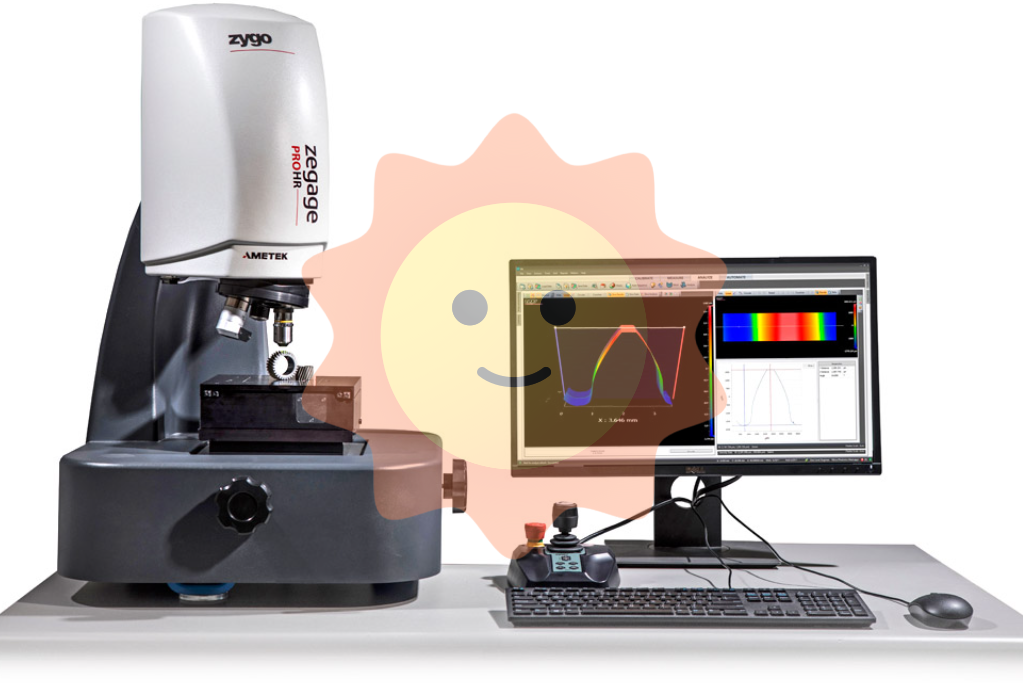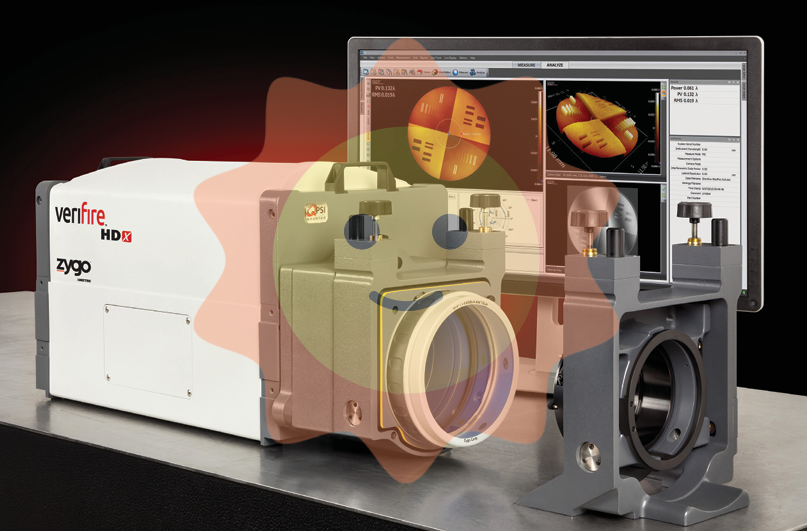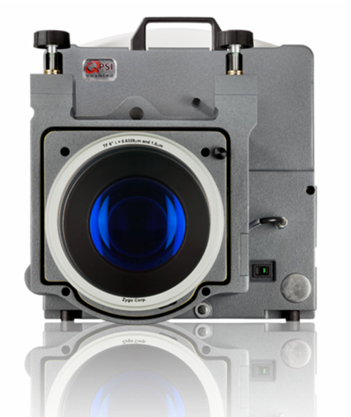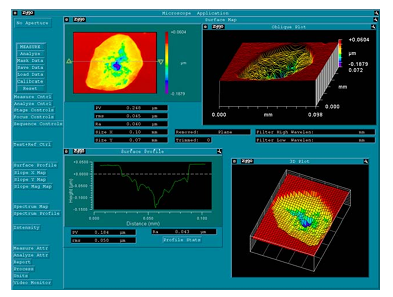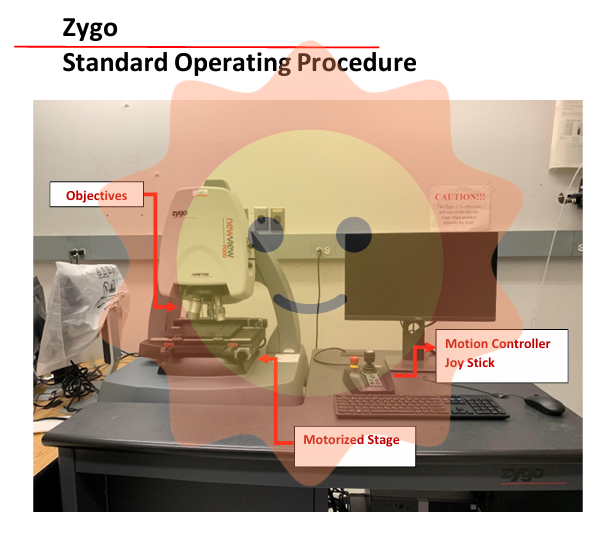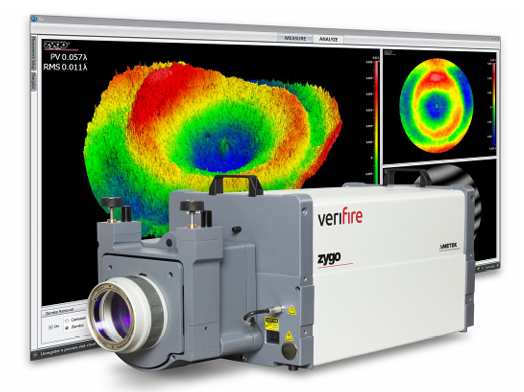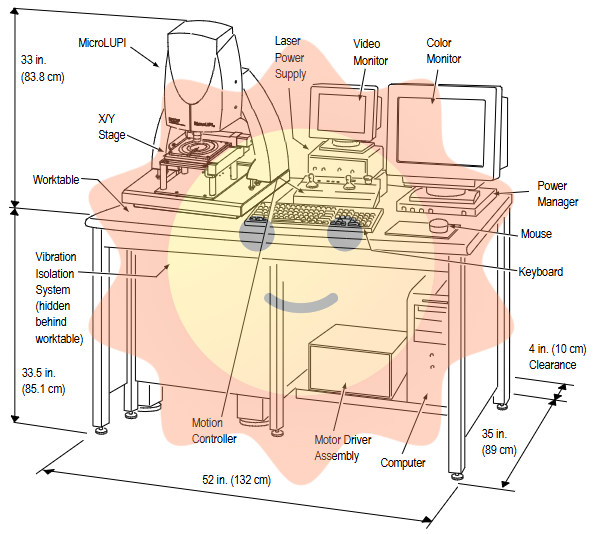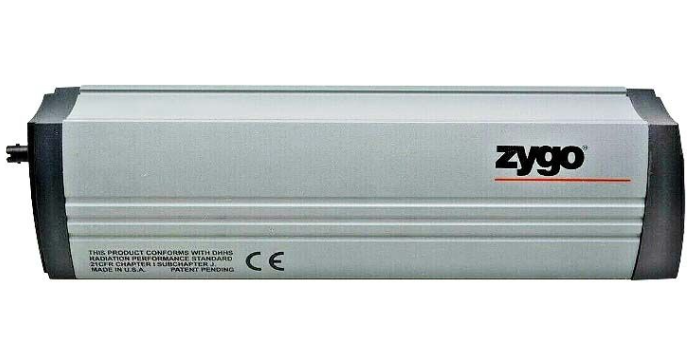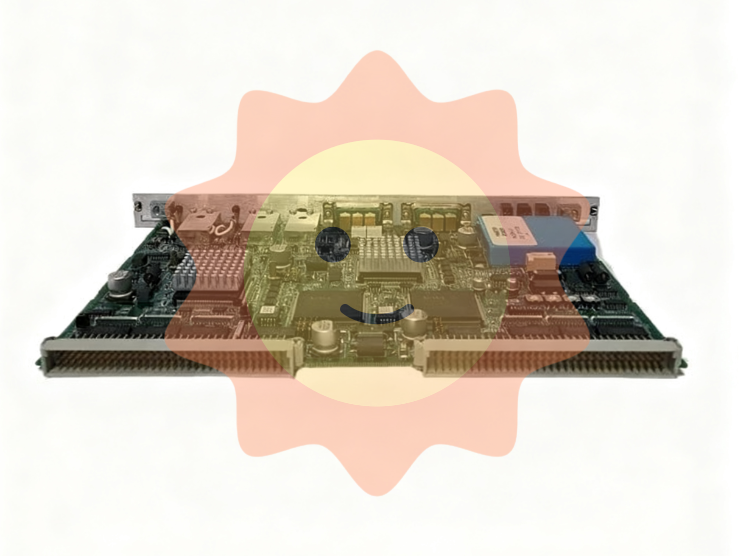The ABB 1TGE120010R1300 industrial control module is a high-performance core control unit developed by ABB Group for the field of industrial automation. It is designed specifically for signal processing, logic control, and equipment linkage requirements in complex industrial scenarios. This module relies on ABB's profound technical accumulation in the field of industrial control, with high reliability, strong anti-interference ability, and flexible scalability. It can operate stably in harsh working environments in multiple industries such as power, metallurgy, chemical, and manufacturing, providing core support for precise control and efficient operation of automation systems.
ABB 1TGE120010R1300 Industrial Control Module
Product Overview
The ABB 1TGE120010R1300 industrial control module is a high-performance core control unit developed by ABB Group for the field of industrial automation. It is designed specifically for signal processing, logic control, and equipment linkage requirements in complex industrial scenarios. This module relies on ABB's profound technical accumulation in the field of industrial control, with high reliability, strong anti-interference ability, and flexible scalability. It can operate stably in harsh working environments in multiple industries such as power, metallurgy, chemical, and manufacturing, providing core support for precise control and efficient operation of automation systems.
As a key component of industrial automation control systems, this module can achieve the collection and processing of various sensor signals on site, as well as precise control of actuators. It also supports seamless communication with the upper computer system, building a complete control chain from bottom level equipment to top level management, and helping enterprises improve production efficiency and reduce operating costs.
Core functional characteristics
Efficient signal processing capability
The module has multi-channel signal acquisition function, supporting simultaneous access of analog signals (such as 4-20mA current signal, 0-10V voltage signal) and digital signals, and can accurately collect key parameters such as temperature, pressure, flow rate, liquid level, etc. on site. Built in high-precision signal conditioning circuit can effectively filter electromagnetic interference, voltage fluctuations and other noise in industrial sites, ensuring the accuracy and stability of signal acquisition. The acquisition accuracy can reach 0.1% FS, providing a reliable data foundation for the precise execution of control logic.
Flexible Logic Control and Linkage
Based on programmable logic control kernel, the module supports users to customize control logic development through dedicated programming software (such as ABB Control Builder), which can achieve complex control functions such as sequential control, interlocking control, PID regulation, etc. For multi device collaboration scenarios, the module has rich internal software components (such as timers, counters, and data registers), supporting fast linkage response between devices with response delays as low as milliseconds, meeting the real-time control requirements of high-speed production lines.
Reliable Communication and Data Interaction
The module is equipped with multiple industrial standard communication interfaces, including RS485, Ethernet, etc. It supports mainstream industrial communication protocols such as Modbus, Profinet, EtherNet/IP, and can easily connect to upper level systems such as distributed control systems (DCS), programmable logic controllers (PLC), human-machine interaction interfaces (HMI), etc. Through the communication interface, the module can receive control instructions, upload operational status data, support remote monitoring, parameter configuration, and fault diagnosis, and improve the operational efficiency of the system.
Strong environmental adaptability and safety
Adopting industrial grade reinforced design, the working temperature range of the module is wide up to -20 ℃~60 ℃, supporting stable operation in harsh environments with humidity of 0~95% (no condensation) and vibration ≤ 5g. The shell is made of flame-retardant and impact resistant materials, and the internal circuit has multiple safety mechanisms such as overcurrent protection, overvoltage protection, and short circuit protection, which can effectively resist the damage of modules caused by sudden faults on site, ensuring the continuous operation of the control system. The mean time between failures (MTBF) exceeds 100000 hours.
Convenient Installation and Maintenance
The module adopts a standard DIN rail installation method, with a compact structure and small space occupation, making it easy to layout and install inside the control cabinet. The front is equipped with clear status indicator lights (such as power indicator light, operation indicator light, fault indicator light, communication indicator light), which can intuitively reflect the working status of the module and facilitate on-site personnel to quickly troubleshoot faults. At the same time, the module supports hot swapping function (some models), which can be replaced without interrupting system operation, reducing maintenance downtime.
Key technical parameters
Power parameters
Input voltage: DC 24V ± 10%; Power consumption: ≤ 15W
Wide voltage input adaptation to meet the power fluctuation requirements of industrial sites
Analog input
Number of channels: 8; Signal type: 4-20mA/0-10V; Accuracy: 0.1% FS
Supports multiple common analog signals with high acquisition accuracy
Digital input
Number of channels: 16; Signal type: NPN/PNP optional; Response time: ≤ 1ms
Compatible with different types of sensor signals, quickly responding to changes in on-site status
digital output
Number of channels: 8; Output type: Relay output (AC 250V/5A, DC 30V/5A)
Can directly drive small and medium-sized actuators, with strong load capacity
communication interface
1 RS485, 1 Ethernet; Supported protocols: Modbus RTU/TCP, Profinet
Meet the needs of different communication scenarios and facilitate system integration
working environment
Temperature: -20 ℃~60 ℃; Humidity: 0~95% (no condensation); Protection level: IP20 (panel)
Adapt to the complex environment of industrial sites
Overall dimensions
120mm (width) x 100mm (height) x 60mm (depth)
Compact design, saving installation space
Typical application scenarios
Power Industry: Substation Equipment Monitoring
In the substation automation system, the ABB 1TGE120010R1300 module can be used to collect key parameters such as transformer oil temperature, winding temperature, bus voltage, and current, and automatically control the cooling system and switchgear through built-in logic. When abnormal parameters are detected, the module can quickly trigger an alarm signal and upload it to the substation monitoring system, while executing interlocking protection actions to prevent equipment damage and ensure the stable operation of the power grid.
Chemical Industry: Production Process Control
In the chemical production process, this module can be connected to temperature, pressure, and liquid level sensor signals of the reaction kettle, as well as control signals of actuators such as feed valves, discharge valves, and mixing motors. By writing dedicated control logic, PID closed-loop regulation of reaction temperature and pressure can be achieved, accurately controlling the feed rate and stirring speed, ensuring the stability of the chemical reaction process and consistency of product quality, while meeting the strict requirements of the chemical industry for equipment reliability and safety.
Manufacturing industry: Automated linkage of production lines
In the production lines of automotive parts, electronic components, etc., modules can serve as the control core of single machine equipment, collecting conveyor belt speed, workpiece position, detection sensor signals, etc., to achieve linkage control of conveyor belt start stop, mechanical arm action, and detection equipment switching. By communicating with the main PLC or MES system of the production line, the module can receive production task instructions and upload equipment operation data, helping to achieve automated and intelligent operation of the production line, improve production efficiency and product qualification rate.
Metallurgical Industry: Control of Rolling Mill Equipment
In the production process of steel metallurgy rolling mills, modules can be used to collect parameters such as roll temperature, rolling force, and steel strip thickness. Real time adjustment of roll pressure and rolling speed can be achieved through logical control to ensure the dimensional accuracy of steel strips. At the same time, the strong anti-interference ability of the module can effectively resist the strong electromagnetic radiation and vibration generated during the operation of the rolling mill, ensuring stable transmission of control signals and precise execution of control actions.
Key points for installation and debugging
Installation specifications
-The module needs to be installed in a control cabinet that meets the protection level of IP20 or above, avoiding direct exposure to dust, water vapor, and corrosive gas environments.
-Installed on DIN 35mm standard rails, the installation position should be far away from strong interference equipment such as high-power contactors and frequency converters, and the distance from heating elements (such as resistors) should not be less than 10cm to ensure good heat dissipation.
-When wiring, it is necessary to strictly follow the module terminal definition to ensure that the positive and negative poles of the power supply and the signal input and output lines are connected correctly, avoiding reverse connection or short circuit; It is recommended to use shielded wires for analog signal cables, with the shielding layer grounded at one end to reduce interference.
Debugging Process
1. Power debugging: Connect the DC 24V power supply, observe whether the power indicator light is on normally, and confirm that the module power supply is stable.
2. Signal acquisition and debugging: Connect standard analog signals (such as 4mA and 20mA current signals) and digital signals, monitor the collected data of the module through programming software, and verify whether the acquisition accuracy and response speed meet the requirements.
3. Control logic debugging: Download the pre written control program, simulate on-site working conditions to trigger control conditions, observe whether the action of the executing mechanism is consistent with the logic design, and verify the correctness of the control logic.
4. Communication debugging: Configure the communication parameters of the module (such as IP address, baud rate, slave address), establish a communication connection with the upper system, and test the stability of data upload and instruction reception.
5. Load testing: Under the condition of module load (such as driving relays, small motors), run for a period of time, observe whether the module temperature and output signal are stable, and verify the load capacity.
Daily maintenance and troubleshooting
Key points of daily maintenance
-Regularly (recommended once a month) clean the control cabinet, remove dust from the module surface, and ensure good heat dissipation and ventilation.
-Regularly check the fastening of module wiring terminals to prevent loose connections caused by vibration and poor contact faults.
-Regularly monitor the operation status, data collection, and output signals of the module through the upper system or programming software, and promptly detect abnormalities.
-Avoid frequent module plugging and unplugging or arbitrary modification of communication and control parameters, and make backups before modifying parameters.
Common troubleshooting
Fault phenomenon
Possible reasons
troubleshooting method
The power indicator light is not on
1. Power supply not connected or power failure; 2. Loose power wiring; 3. The internal power circuit of the module is damaged
1. Check if the power supply voltage is normal; 2. Re tighten the power supply wiring terminals; 3. Replace the module for testing
Abnormal analog data collection
1. Sensor malfunction; 2. Poor contact or shielding failure of signal cables; 3. Module acquisition channel is damaged
1. Test the sensor with a standard signal source; 2. Check cable connections and replace shielded wires; 3. Replace the acquisition channel or module
Communication failure
1. Communication parameter configuration error; 2. Communication cables are damaged; 3. Communication port failure in the upper system
1. Verify the communication parameters between the module and the upper system; 2. Replace communication cables; 3. Test the communication port of the upper system
Digital output with no action
1. Malfunction of the executing mechanism; 2. Loose wiring of output terminals; 3. Module output channel is damaged
1. Directly supply power to the executing agency for testing; 2. Tighten the output wiring; 3. Replace the output channel or module
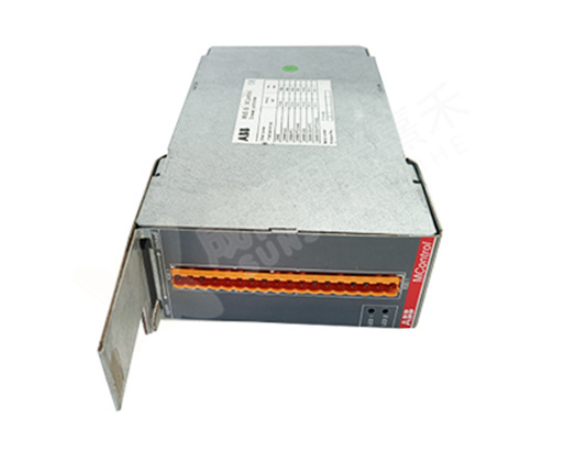
- User name Member Level Quantity Specification Purchase Date
- Satisfaction :
-









Email:wang@kongjiangauto.com

